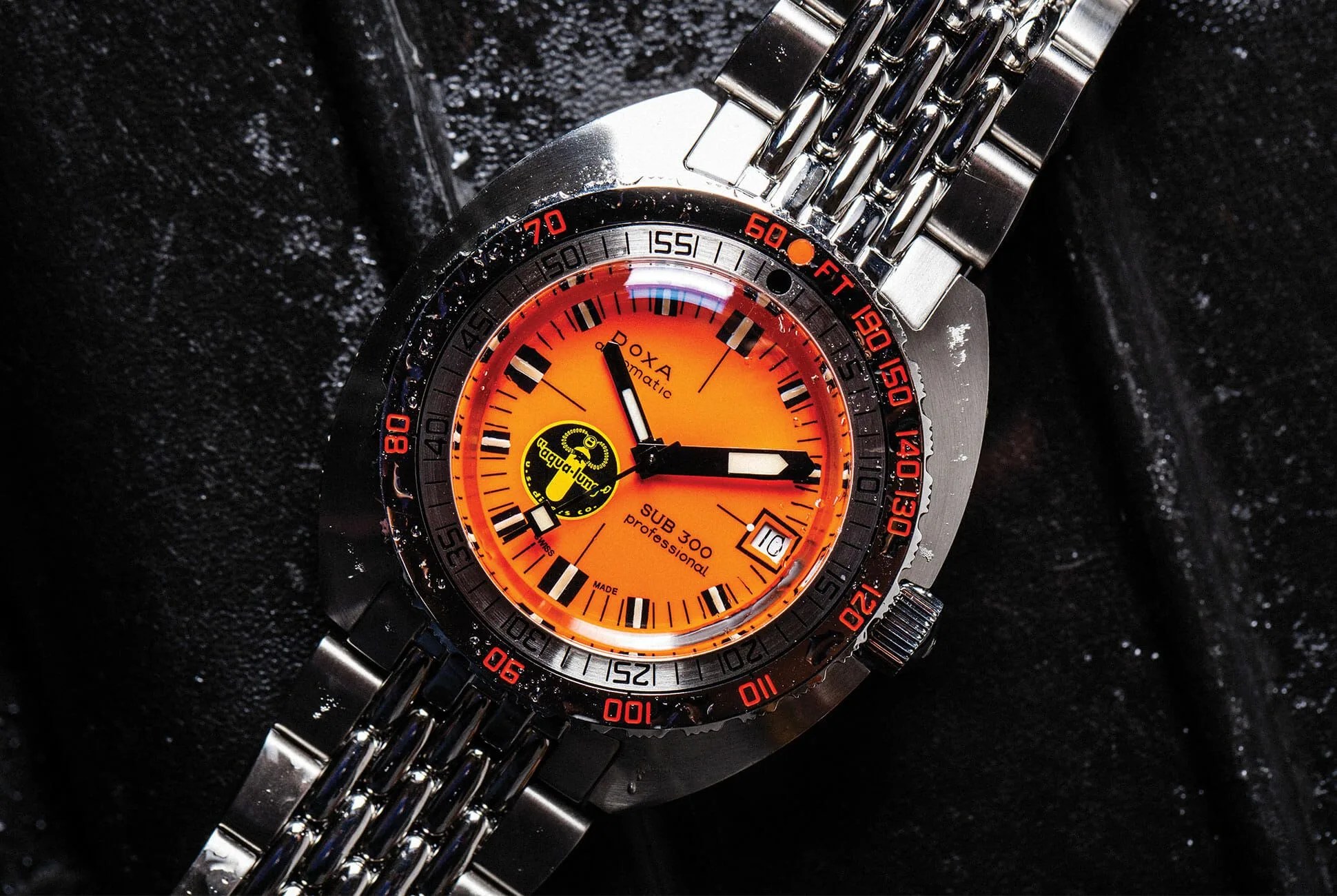This story is part of our Summer Gear Guide issue, covering everything from cold brew to grill hacks to the perfect outdoor projector. For the full list of stories, click here.
The dive watch is the ultimate “tool” watch — tough, purpose-built, utilitarian — even if most examples never get near a coral reef. But while a good dive watch is resilient, it’s not invincible; even dedicated landlubbers need to keep in mind the watch’s particular features and vulnerabilities. Here’s what you need to know before you take the plunge, literally or financially.
Screw Down the Crown
Most dive watches feature crowns that screw into a tube fitted into the watch case, which, in turn, features a seal that prevents water from entering. But if the crown isn’t fully locked down when you go diving, water may find its way into the watch, possibly ruining the movement and resulting in a costly service.
Know Your Resistance
Standard 6425 from the International Standard for Organization defines a diver’s watch as “designed to withstand diving in water at depths of at least 100m.” If you’re not sure about your own timepiece, check the dial; if a watch is not rated to at least that standard, there’s a good chance it’s noted there. Under the century mark? A quick dunk in the pool is probably fine but repeated submergence is asking for trouble.
Deep Is Fine, Heat and Grease Are Not
Sunscreen can damage the watch gaskets, while steam and extreme temperature fluctuations, like in a sauna or steam room, may cause them to contract or expand. When this happens, water can enter the timepiece—precisely the scenario it was designed to avoid.
Give it a Freshwater Bath
While a real dive watch is designed to resist corrosion, you should always rinse it in fresh water after a dip in the sea. Turn the bezel as you do to fully flush out salt water and sunscreen, which can degrade the seals. Don’t use soap or other chemicals — the H2O alone will suffice — and dry the watch after rinsing.

